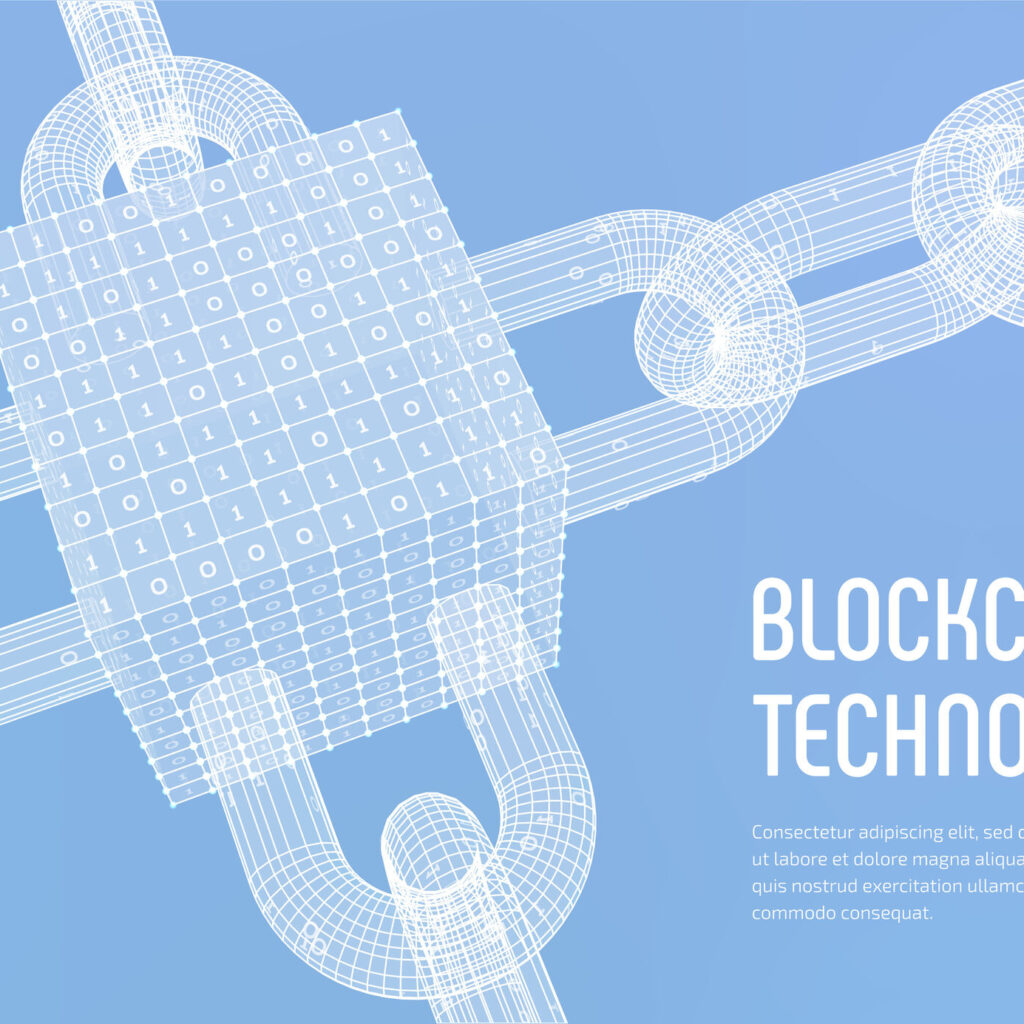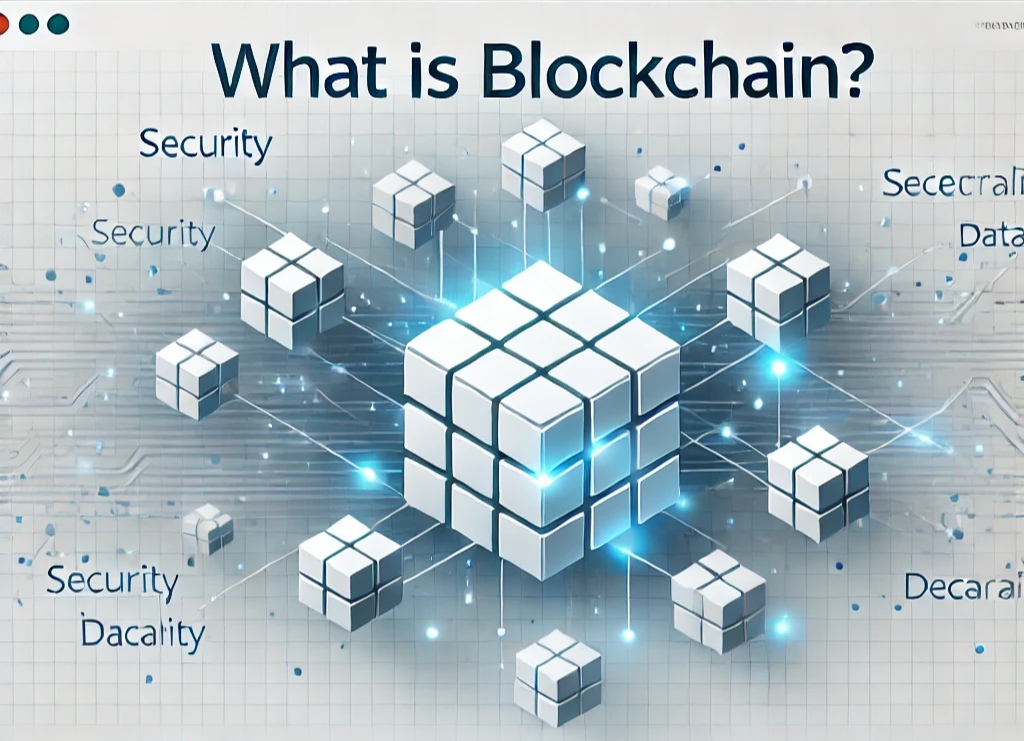In recent years, blockchain technology has gained immense popularity, primarily due to its association with cryptocurrencies like Bitcoin. However, blockchain is much more than just a foundation for digital currencies—it is a revolutionary technology that has the potential to transform industries such as finance, healthcare, supply chain, and cybersecurity.
But what exactly is blockchain? How does it work, and why is it considered so secure and transparent? This article will explore the fundamentals of blockchain, its key features, how it operates, and its real-world applications.
At its core, a blockchain is a decentralized digital ledger that records transactions across multiple computers in a way that ensures security, transparency, and immutability. Unlike traditional databases managed by a central authority (like banks or governments), blockchain operates on a peer-to-peer network where every participant (or node) maintains a copy of the ledger.
- Decentralization – No single entity controls the blockchain. Instead, it is maintained by a network of nodes, making it resistant to censorship and fraud.
- Transparency – All transactions are visible to participants in the network, ensuring accountability.
- Immutability – Once data is recorded on the blockchain, it cannot be altered or deleted, making it tamper-proof.
- Security – Blockchain uses cryptographic techniques to secure transactions, making hacking extremely difficult.
- Consensus Mechanisms – Transactions are validated through consensus algorithms like Proof of Work (PoW) or Proof of Stake (PoS).
To understand how blockchain functions, let’s break it down into simple steps:
A user initiates a transaction (e.g., sending cryptocurrency, recording a contract, or updating data).
The transaction is broadcast to a network of nodes, which validate it using consensus mechanisms.
Once verified, the transaction is grouped with others into a block. Each block contains:
- A list of transactions
- A timestamp
- A cryptographic hash (a unique digital fingerprint) of the previous block
The new block is added to the existing blockchain in a linear, chronological order. This linking of blocks through cryptographic hashes ensures that altering any block would require changing all subsequent blocks—a nearly impossible task.
The transaction is now permanently recorded on the blockchain and cannot be modified.

📌Read also: What Is Blogging? Every Amazing Things You Need to Know in 2025
Blockchains can be categorized into three main types:
- Open to anyone (e.g., Bitcoin, Ethereum).
- Fully decentralized and permissionless.
- High security but slower transaction speeds due to consensus mechanisms.
- Controlled by a single organization.
- Faster and more scalable but less decentralized.
- Used in enterprise solutions (e.g., Hyperledger).
- Managed by a group of organizations.
- Balances decentralization and efficiency.
- Common in banking and supply chain management.
| Feature | Blockchain | Traditional Database |
|---|---|---|
| Control | Decentralized | Centralized |
| Transparency | High | Limited |
| Security | Extremely secure (cryptography) | Vulnerable to hacks |
| Speed | Slower (due to consensus) | Faster |
| Immutability | Data cannot be altered | Data can be modified |
Advertisement

Blockchain is not limited to cryptocurrencies. Its applications span multiple industries:
- Bitcoin, Ethereum, and other digital currencies operate on blockchain.
- Enables fast, low-cost cross-border payments.
- Reduces fraud in banking and remittances.
- Tracks product origins to prevent counterfeit goods.
- Enhances transparency in logistics (e.g., Walmart uses blockchain for food tracking).
- Secures patient records and ensures data integrity.
- Prevents unauthorized access to medical histories.
- Self-executing contracts with predefined rules (e.g., Ethereum’s smart contracts).
- Automates processes in insurance, real estate, and legal agreements.
- Prevents election fraud by providing a transparent and immutable voting record.
- Helps users control their digital identities securely.
- Reduces identity theft risks.

Despite its advantages, blockchain faces several challenges:
- Public blockchains like Bitcoin can process only a limited number of transactions per second.
- Proof of Work (PoW) blockchains require massive computational power, raising environmental concerns.
- Governments are still developing laws around blockchain and cryptocurrencies.
- Many industries are hesitant to transition from traditional systems to blockchain.
📌Read also : SQL Database Demystified: Everything You Need to Know to Get Started in 2025
Blockchain technology is still evolving, with ongoing advancements such as:
- Layer 2 Solutions (e.g., Lightning Network for Bitcoin) to improve scalability.
- Transition to Proof of Stake (PoS) (e.g., Ethereum 2.0) to reduce energy consumption.
- Integration with AI & IoT for smarter automated systems.
As more industries adopt blockchain, its potential to revolutionize data security, transparency, and efficiency will only grow.
Blockchain is a groundbreaking technology that offers a secure, transparent, and decentralized way to record and verify transactions. While it is most famous for powering cryptocurrencies, its applications extend far beyond digital money—transforming industries like finance, healthcare, supply chain, and governance.
Despite challenges like scalability and regulatory hurdles, blockchain continues to evolve, promising a future where trustless, tamper-proof systems become the norm. Whether you’re an investor, developer, or simply a tech enthusiast, understanding blockchain is essential in today’s digital age.
Would you like to explore how blockchain can be applied in your industry? The possibilities are endless!
